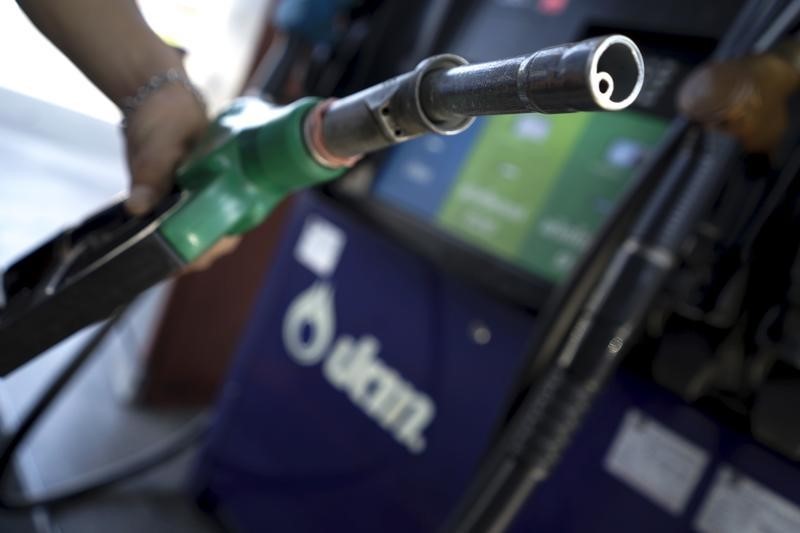By Barani Krishnan
Investing.com - It had to happen at these prices, and it has.
Oil markets slumped 5% on Wednesday after weekly data from the U.S. government showed drillers in America’s shale fields adding to production for the first time since March as crude prices averaged $40 a barrel.
U.S. crude output was estimated at 11 million barrels per day for the week ended June 19, versus the estimate of 10.5 million bpd the previous week, data from the Energy Information Administration showed.
It was the first rise in U.S. production in 13 weeks. It comes after a 20% drop in output that followed the demand destruction for fuel caused by the coronavirus pandemic, after the record highs of 13.1 million bpd set in mid-March.
“At half a million barrels on the week, it’s not too much of a rise, yet it tells you of a trend that’s likely coming,” said John Kilduff, founding partner at New York energy hedge fund Again Capital. “It’s not surprising to see people hedging for more production at these prices.”
New York-traded West Texas Intermediate, the benchmark for U.S. crude futures, was down $2.05, or 5.1%, at $38.32 per barrel by 1:22 PM ET (17:22 GMT).
London-traded Brent, the global benchmark for oil, was down $2.11, or 5%, at $40.52.
Notwithstanding the slide, WTI is still about 280% higher from the bottom of April 28, when crude prices began rebounding earnestly from the negative impacts of Covid-19. Brent is still about 150% higher from the lows of April.
“We should be seeing $35 a barrel next to correct the inflated prices of the past two months, especially with the second wave of the Covid-19 coming,” said Kilduff.
At least 22 of the 50 US states have reported a rise in Covid-19 cases after reopening their economies over the past two months. In Arizona, a particular hotspot, infections shot up 54 percent in a week. These come as more than 2.4 million Americans have already been infected by the coronavirus, with a death toll breaching 123,000. A new model by the University of Washington also predicts 200,000 coronavirus deaths in the United States by Oct. 1.
Globally as well, India, South Korea, and New Zealand have all reported higher incidences of Covid-19 in recent weeks.
The production hike reported by the EIA for the week ended June 19 coincided with the 1.4 million-barrel build in crude stockpiles for the week, versus the 300,000 barrel rise anticipated by forecasters.
Separately, the Cushing, Oklahoma, hub that stores oil delivered against expiring contracts of the West Texas Intermediate benchmark saw a decline of 1 million barrels, said the EIA.
But to offset that, the agency also cited another generous flow of 2 million barrels into the Strategic Petroleum Reserve, which accounts for America’s emergency oil supplies.
Adding all three gives a net build of at least 2.4 million barrels for last week.
On the fuel demand side, the EIA reported a decline of nearly 1.7 million barrels in gasoline stockpiles, or about 400,000 more than expected. But to offset that, it also said distillates inventories, led by diesel, rose nearly 250,000 barrels against a forecasted drop of 620,000.
Before coronavirus lockdowns hit the U.S. economy, the world’s largest crude producer had been adding about 100,000 bpd to its output each month.
The lockdowns forced U.S. output to plunge an estimated 20 percent in just over three months as drillers in America’s shale patches cut rigs, turned down spigots, and shut in wells to cope with a near 30 percent loss in global fuel demand at the height of the pandemic. Coordinated production cuts by the Saudi-led and Russia-assisted Organization of the Petroleum Exporting Countries also helped reduce oil’s oversupply versus demand.
As a result, crude prices rallied sharply from the end of April, with WTI gaining more than 300% at one point and Brent nearly 200%.
